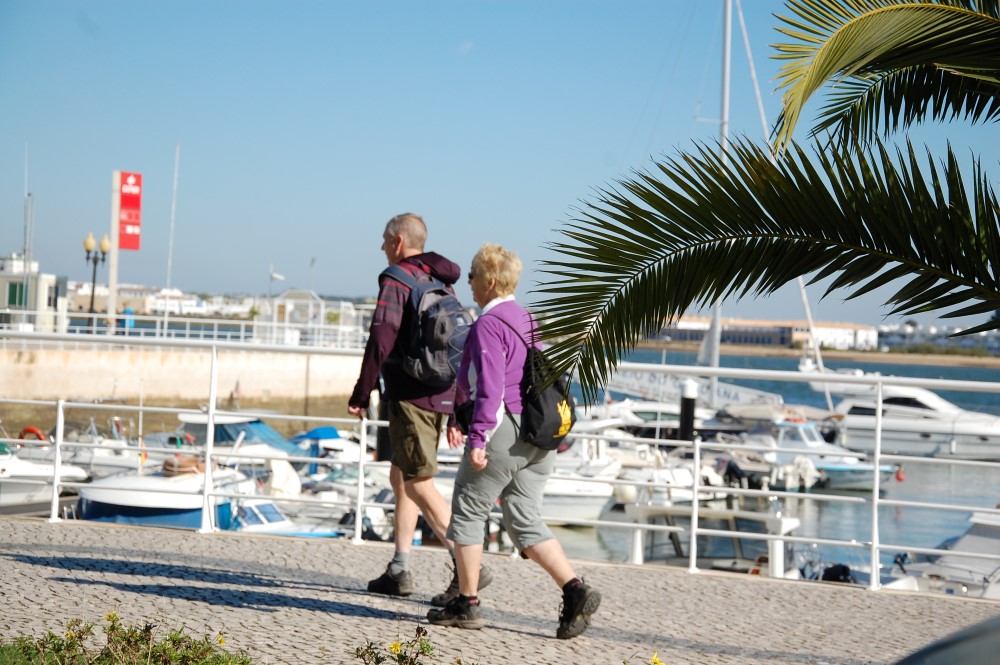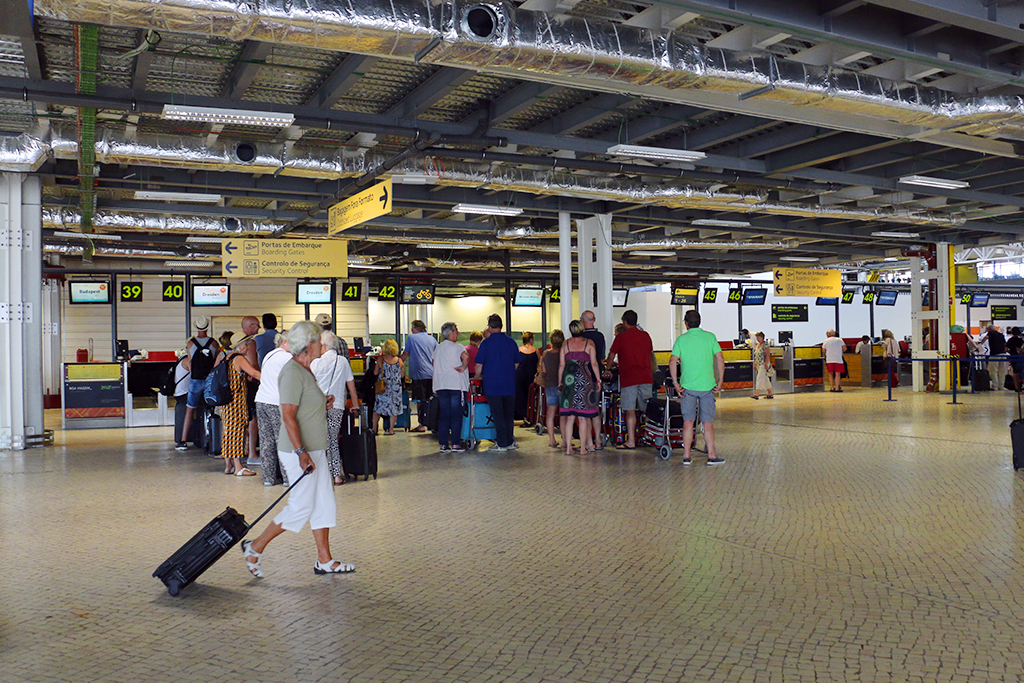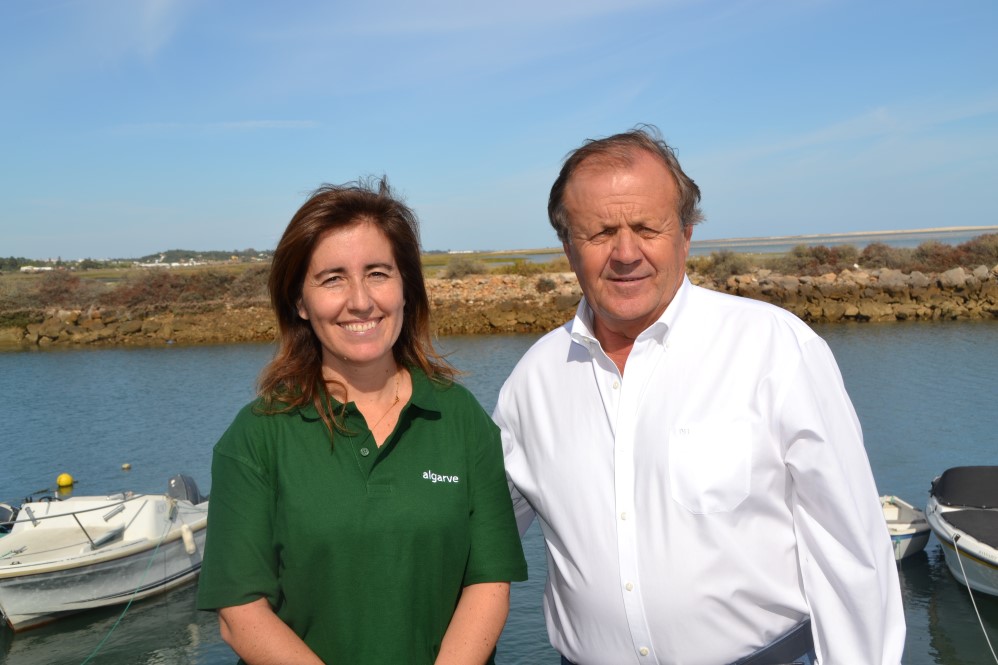 The fight against seasonality in the Algarve has been going on for many years and hotels and restaurants tend to lose out, often being forced to close their doors in the winter months. In 2017, this trend eased. Until May, there was a 20% increase in the number of passengers at the Airport of Faro, which translated into more tourists on the streets, more nights and more profits.
The fight against seasonality in the Algarve has been going on for many years and hotels and restaurants tend to lose out, often being forced to close their doors in the winter months. In 2017, this trend eased. Until May, there was a 20% increase in the number of passengers at the Airport of Faro, which translated into more tourists on the streets, more nights and more profits.
Alberto Mota Borges, Director of the Airport of Faro, advanced to Sul Informação that, until May, “there was a significant increase of 19,7% of passengers, compared to the same period of the previous year”.
In 2016, several routes were launched at the Airport for operations in the so-called low season and, according to Alberto Mota Borges, «demand is matching», with «prospects for an increase in supply in the next winter season».
In May alone, 970 thousand passengers were processed, «which represents an increase of 16,9%, if we consider the same season of the previous year, which represents an excellent performance», adds the official.
These numbers were reflected in overnight stays. According to data from the Association of Hotels and Touristic Enterprises of the Algarve (AHETA), in May, the average occupancy per room of the Algarve hotel units grew 4,4%, compared to the same month in 2016, standing at 73%.
And it wasn't just overnight stays that grew, sales volume also increased by 14%.
Until the fifth month of the year, the occupancy rate per room of hotels and tourist developments in the Algarve had increased by 5,7 percent year-on-year.

the month of January, in terms of overnight stays, was the best since 2001, with the occupancy rate reaching 37,5% and a year-on-year growth of 9,6%. O month of February was the best in the last ten years, with a growth of 5,8% in terms of overnight stays and 14% in sales volume. April also had a 6% increase in occupancy rate. March bucked the year-on-year growth trend, due to the fact that Easter, this year, was in April. Still, the decline was only 1,4%.
Ana Mendes Godinho, Secretary of State for Tourism, speaking to the Sul Informação, he added that “we are growing around 11% in number of guests, compared to 2016, which was our record year. We had a 20% revenue growth and this shows that we are growing more in revenue than in number of people and that is our bet».
According to the official, “there is a huge commitment in the Algarve to guarantee access by air with regular operations all year round and this is bearing fruit. Our focus is on growing out of peak season”.
Desidério Silva, president of the Algarve Tourism Region, considers that «our biggest challenge has always been the demand between October and May and the dynamic is improving in the products that we have promoted and that are differentiating, such as the cycling & walking, or the gastronomy. We have to be able to monetize and attract tourists all year round, because we have a quality offer. We can't forget golf either, which brings people especially during this period».

According to the official, «we have had a growing demand, from all markets, and this is good news for the Algarve», he concludes.
The demand for the Algarve reaches companies and Vítor Neto, president of the Business Association of the Algarve Region (NERA), says that he feels «that as a businessman». For the former Secretary of State for Tourism, the results presented by the region are more relevant, because «has not been reflected in the rest of the country. Public opinion is not aware of this. The region of Portugal that grew the most in number of tourists was the Algarve. The other regions also grew, but the Algarve grew more».
Vítor Neto says that this «is an important sign in the economy, that a region like the Algarve, in which tourism has the strength it has, to grow on top of that, is very good», he concludes.
Policies to combat seasonality seem to be working, but there are also external factors of instability in competing destinations that influence the tourist results of the Algarve in low season.
It is not known what weighs the most, but one thing is certain: in the first six months of 2017, the Algarve was closer to being 365.


















Comments